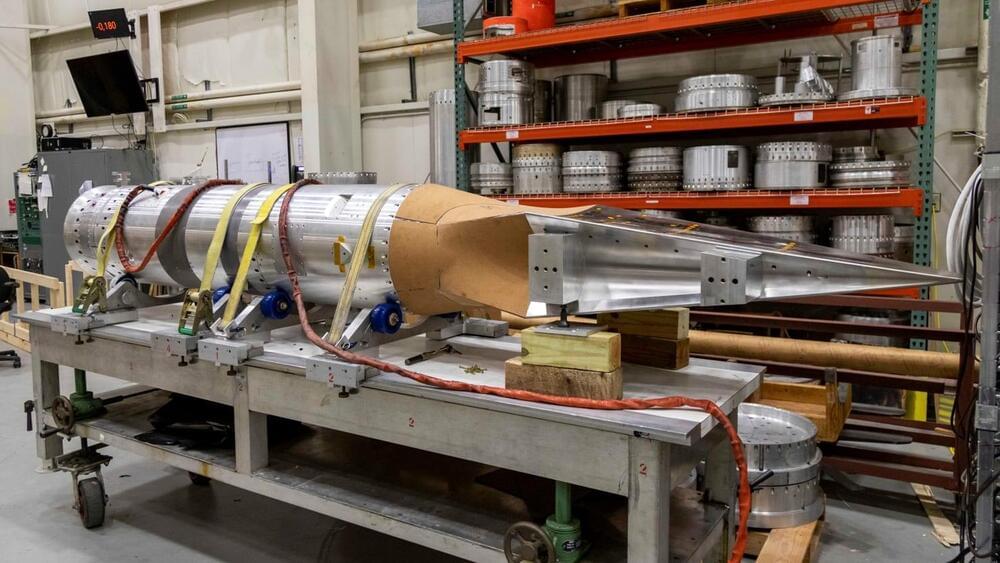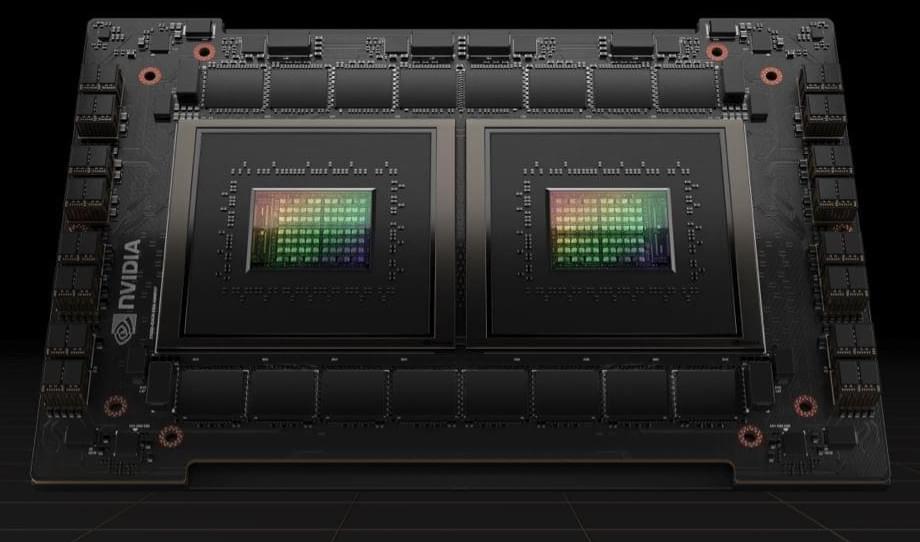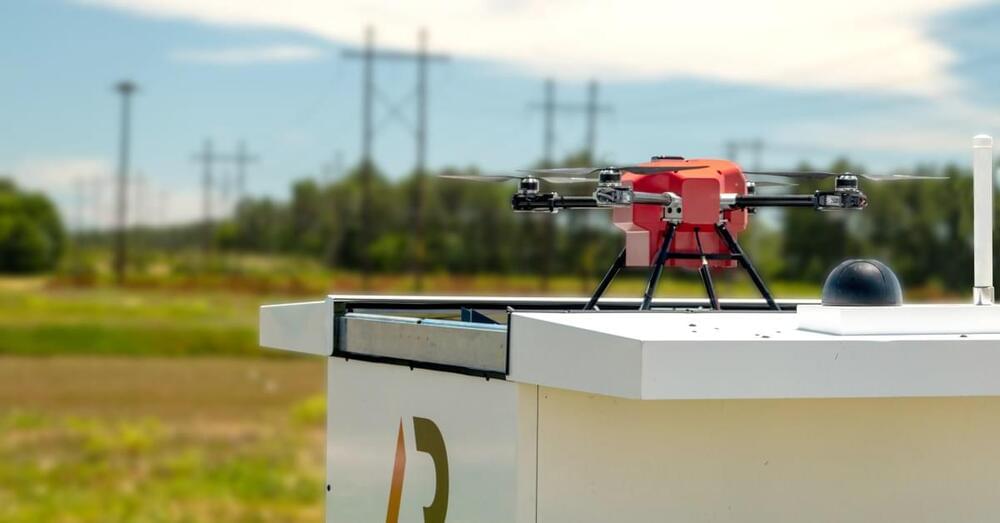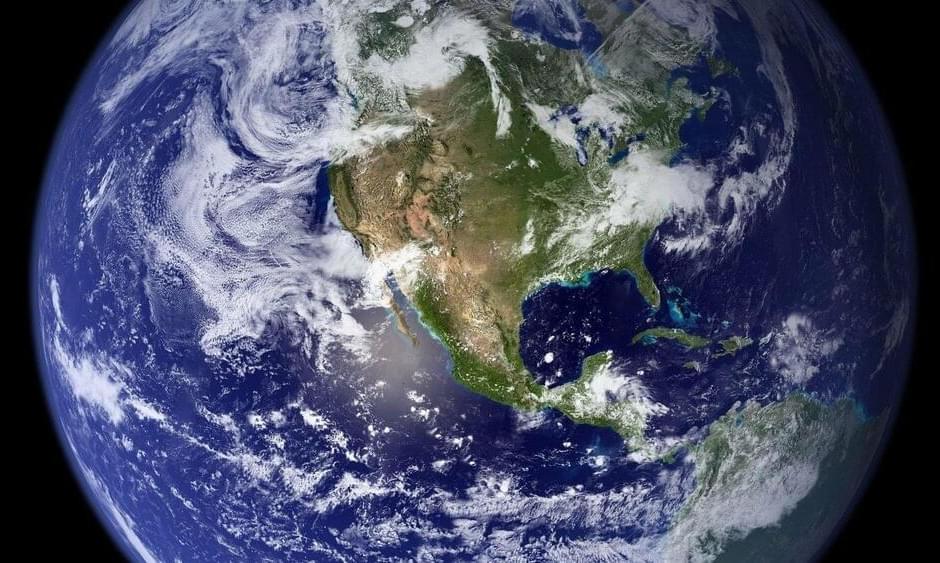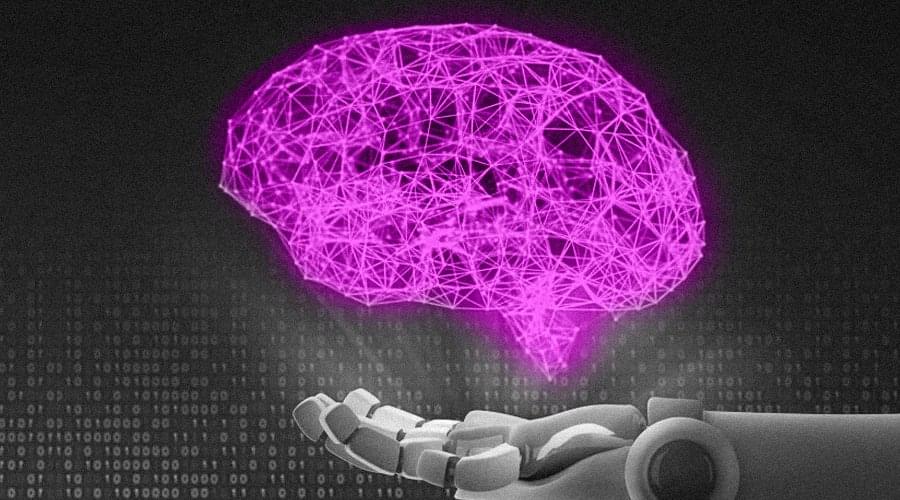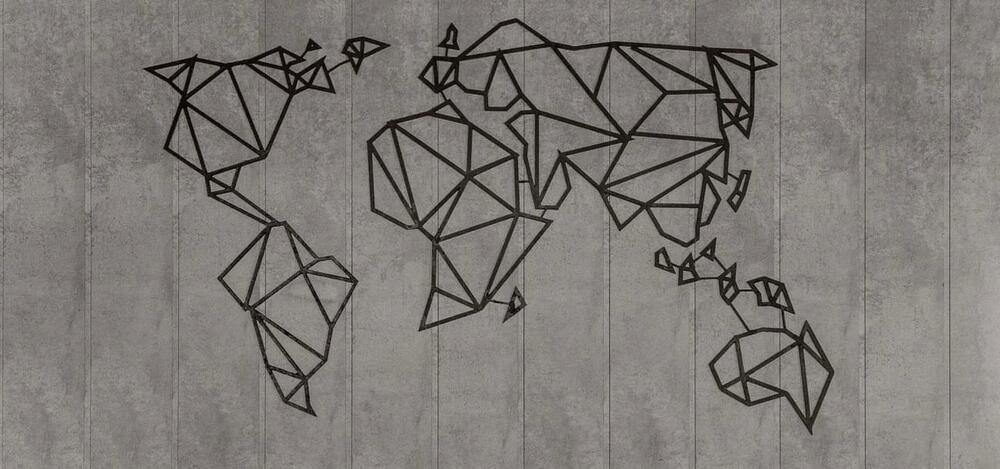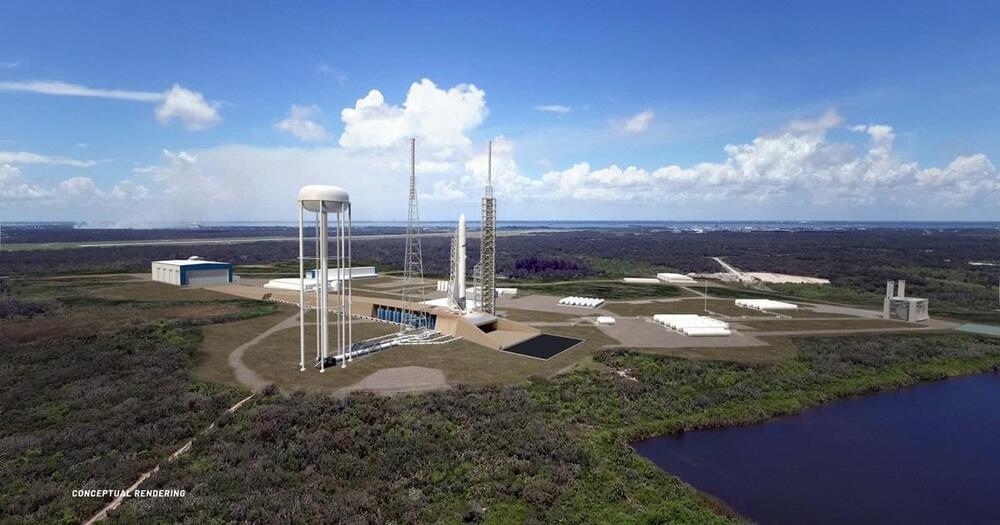To develop the hypersonic vehicles of the future, we need to properly understand how to predict boundary layer transition on realistic vehicle shapes and what the minute effects of turbulent flow on hypersonic vehicles are. Data from the BOLT II flight experiment will help do just that.
Both the BOLT and BOLT II vehicles have a complex, swept geometry with a concave surface to represent a real hypersonic vehicle. The aim is to produce complex, real-world data that engineers and scientists can use to improve their models for predicting transition on hypersonic vehicles.
A separate experiment is run on each side of the vehicle, with one “smooth” side and one “rough” side. The flow running length along the vehicle is 1 meter, slightly larger than the original BOLT vehicle.
BOLT II will be launched on a suborbital trajectory by a two-stage sounding rocket. During its ascent, it is planned to reach Mach 6, where an ascent flight experiment will occur. It will turn over in space and then re-enter the atmosphere, before performing a descent experiment at Mach 5.5.
